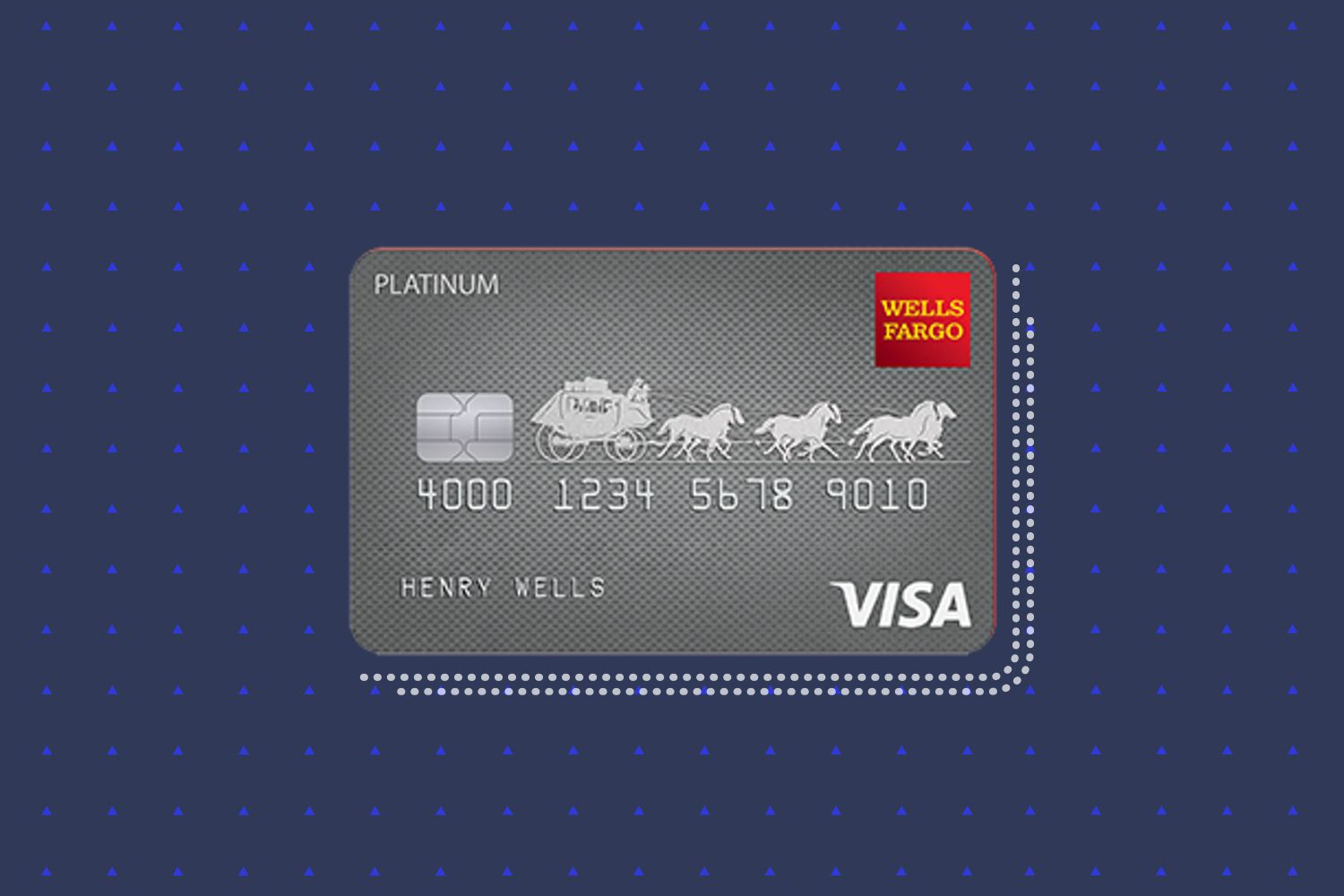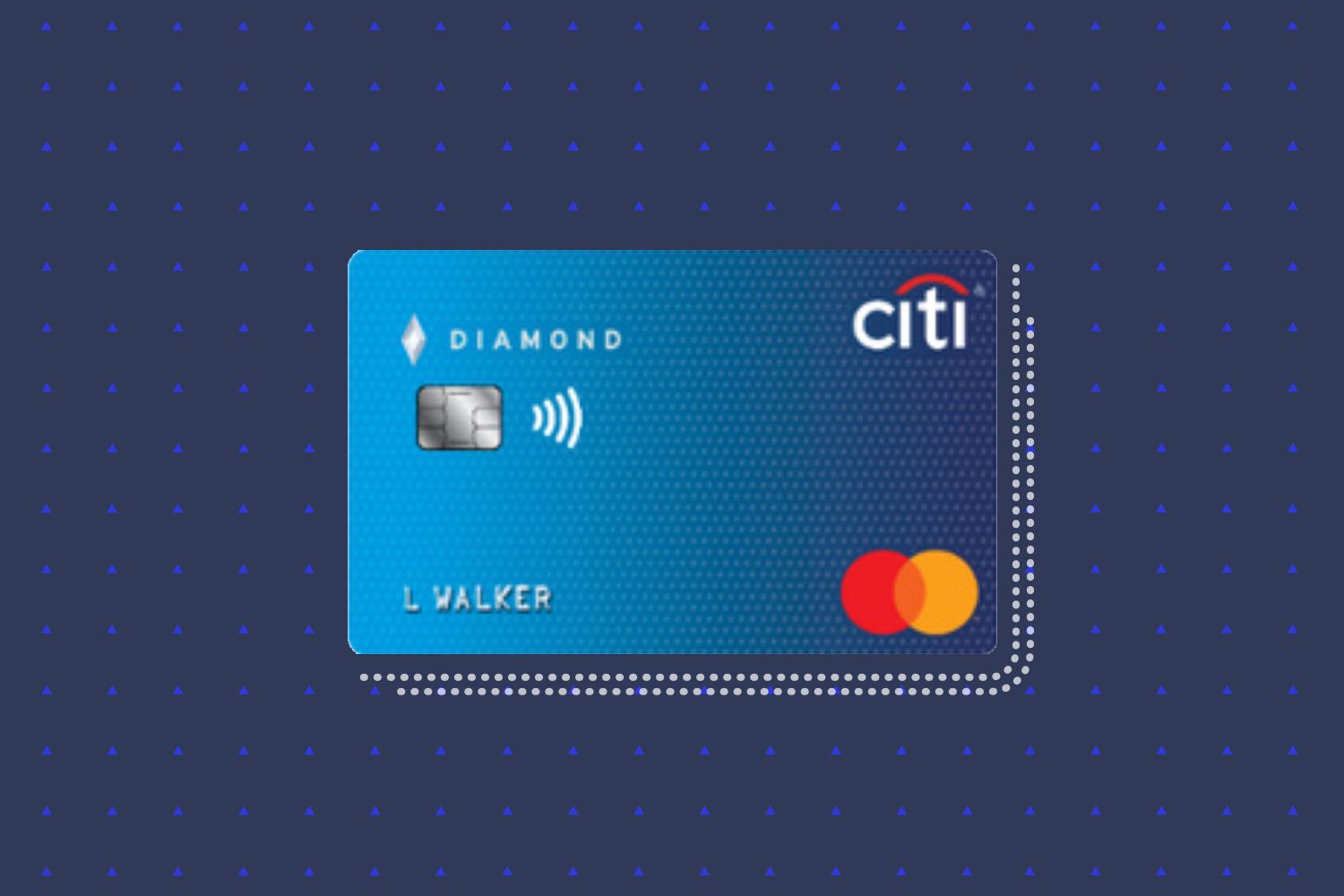Home>Finance>Citi Secured Card: When Do I Get My Security Deposit Back


Finance
Citi Secured Card: When Do I Get My Security Deposit Back
Modified: March 5, 2024
Learn about the Citi Secured Card and find out when you can expect to receive your security deposit back. Explore financial tips and advice.
(Many of the links in this article redirect to a specific reviewed product. Your purchase of these products through affiliate links helps to generate commission for LiveWell, at no extra cost. Learn more)
Table of Contents
Introduction
The Citi Secured Card is a popular choice for individuals looking to build or rebuild their credit. It offers a structured approach to credit-building, allowing cardholders to make a security deposit in exchange for a credit limit. This unique feature sets it apart from traditional credit cards and makes it an attractive option for those with limited or damaged credit history.
Understanding the nuances of the Citi Secured Card, including the process of obtaining and potentially reclaiming the security deposit, is crucial for maximizing its benefits. In this comprehensive guide, we will delve into the intricacies of the Citi Secured Card, shedding light on how the security deposit works and outlining the steps to potentially retrieve it. Whether you're considering applying for this card or already have it in your wallet, this article will provide invaluable insights into managing your security deposit effectively.
By exploring the mechanisms behind the Citi Secured Card and the security deposit, you'll gain a deeper understanding of how this financial tool can serve as a stepping stone toward a healthier credit profile. Additionally, we will address the pivotal question of when and how you can expect to receive your security deposit back, empowering you to make informed decisions about your credit journey.
Let's embark on a journey through the intricacies of the Citi Secured Card, uncovering the nuances of its security deposit and the process of reclaiming it. Whether you're a newcomer to the world of secured credit cards or a seasoned user seeking to maximize the card's benefits, this guide will equip you with the knowledge needed to navigate the terrain of credit building with confidence.
Understanding the Citi Secured Card
The Citi Secured Card is designed to provide individuals with a path to establish or rebuild their credit. Unlike traditional credit cards, the Citi Secured Card requires a security deposit, which then determines the cardholder’s credit limit. This security deposit serves as collateral and mitigates the risk for the card issuer, allowing them to extend credit to individuals who may not qualify for unsecured credit cards due to limited credit history or past financial challenges.
One of the key benefits of the Citi Secured Card is that it reports cardholders’ payment history to the major credit bureaus, which can positively impact their credit scores over time. This reporting feature is instrumental in helping individuals demonstrate responsible credit management and can contribute to the gradual improvement of their credit profiles.
Moreover, the Citi Secured Card offers the convenience and flexibility of a traditional credit card, allowing cardholders to make purchases, build a payment history, and access essential financial resources. By utilizing the card responsibly and making timely payments, individuals can lay a solid foundation for their creditworthiness, potentially paving the way for future access to unsecured credit and favorable loan terms.
It’s important to note that while the Citi Secured Card functions similarly to an unsecured credit card in many respects, the security deposit requirement sets it apart. This deposit is a fundamental aspect of the card’s structure and plays a pivotal role in determining the initial credit limit. Understanding the purpose and implications of the security deposit is essential for maximizing the benefits of the Citi Secured Card and leveraging it as a tool for credit enhancement.
As we delve deeper into the mechanics of the Citi Secured Card, we will unravel the intricacies of the security deposit and its implications for cardholders. By gaining a comprehensive understanding of this foundational element, you’ll be better equipped to make informed decisions regarding your credit journey and financial well-being.
How the Security Deposit Works
When applying for the Citi Secured Card, prospective cardholders are required to make a security deposit to establish their credit line. The amount of the security deposit typically ranges from $200 to $2,500, depending on the individual’s creditworthiness and financial circumstances. This deposit serves as collateral and determines the initial credit limit assigned to the cardholder.
Once the security deposit is submitted and the application is approved, the cardholder receives a credit card with a limit equal to the amount of the deposit. For example, if a cardholder submits a $500 security deposit, their credit limit will be $500. This structured approach provides a clear and tangible link between the deposit and the available credit, offering a transparent mechanism for individuals to initiate or rebuild their credit.
It’s important to understand that the security deposit is held in a segregated account and does not directly offset the cardholder’s monthly payments. Instead, it serves as a safeguard for the card issuer in the event of non-payment or default. As the cardholder utilizes the Citi Secured Card and makes timely payments, the deposit continues to secure the credit extended to them, reinforcing responsible credit management.
While the security deposit is a prerequisite for obtaining the Citi Secured Card, it is not a fee or an additional expense. Rather, it represents a refundable amount that remains the property of the cardholder. As the cardholder demonstrates consistent and responsible credit usage, they may become eligible for a transition to an unsecured credit card, at which point the security deposit would be returned, provided there are no outstanding balances or delinquencies.
Understanding the mechanics of the security deposit is crucial for leveraging the Citi Secured Card effectively. By recognizing its role as a cornerstone of the card’s structure and its potential for eventual refund, cardholders can approach their credit-building journey with clarity and purpose, maximizing the benefits of this financial tool.
When Can You Get Your Security Deposit Back?
For individuals who have responsibly managed their Citi Secured Card and are considering the potential return of their security deposit, several key factors come into play. The primary consideration for the return of the security deposit revolves around the cardholder’s credit behavior and the progression of their creditworthiness over time.
One of the pivotal milestones that may lead to the return of the security deposit is the transition from a secured credit card to an unsecured credit card. As cardholders demonstrate responsible credit usage, make timely payments, and exhibit improved financial stability, they may become eligible for an upgrade to an unsecured credit card. This transition typically involves a review of the cardholder’s account and credit history by the card issuer.
If the card issuer deems the cardholder eligible for an unsecured credit card based on their improved credit standing, they may initiate the transition process. This often entails returning the security deposit to the cardholder, as the unsecured credit card does not require collateral. However, it’s important to note that this transition is contingent upon the card issuer’s evaluation of the cardholder’s creditworthiness and financial responsibility.
Additionally, the cardholder’s payment history, overall credit utilization, and adherence to the terms of the Citi Secured Card play a significant role in determining the potential return of the security deposit. Consistent, on-time payments, coupled with responsible credit management, can bolster the cardholder’s case for the refund of the security deposit.
It’s essential for cardholders to maintain open communication with the card issuer and stay informed about their eligibility for a transition to an unsecured credit card. By proactively monitoring their credit progress and engaging with the card issuer when appropriate, cardholders can position themselves for the potential return of their security deposit.
Ultimately, the return of the security deposit is contingent upon the cardholder’s credit journey and the card issuer’s assessment of their creditworthiness. By demonstrating financial responsibility and actively managing their credit, cardholders can strive toward reclaiming their security deposit and advancing to the next phase of their credit-building endeavors.
Steps to Request Your Security Deposit Back
When considering the potential return of the security deposit associated with your Citi Secured Card, it’s important to navigate the process thoughtfully and proactively. While the card issuer may initiate the refund process under certain circumstances, cardholders can take specific steps to inquire about and request the return of their security deposit.
1. Review Your Account Status: Begin by assessing your credit behavior and financial standing. Review your payment history, credit utilization, and overall adherence to the terms of the Citi Secured Card. Ensure that you have consistently demonstrated responsible credit management and have maintained a positive standing with the card issuer.
2. Contact Customer Service: Reach out to the customer service department of the card issuer, typically Citi in this case, to inquire about the potential transition from a secured card to an unsecured card. Express your interest in reclaiming your security deposit and inquire about the eligibility criteria for such a transition.
3. Request a Credit Review: If you believe that your creditworthiness has significantly improved since obtaining the Citi Secured Card, request a comprehensive review of your account and credit history by the card issuer. Emphasize your responsible credit behavior and the positive changes in your financial profile that support your request for the return of the security deposit.
4. Explore Upgrade Options: Inquire about the possibility of upgrading to an unsecured credit card with Citi. Understand the criteria and qualifications for such an upgrade and seek clarity on how the return of the security deposit aligns with the transition to an unsecured card.
5. Follow-Up and Maintain Communication: Stay engaged with the card issuer and follow up on your request for the return of the security deposit. Maintain open communication and provide any requested documentation or information that supports your case for the refund. Keep track of all interactions and correspondence related to your request.
6. Be Patient and Persistent: Recognize that the process of reclaiming your security deposit may require time and persistence. Be patient while awaiting a decision from the card issuer, and continue to exhibit responsible credit behavior during this period.
By following these steps and actively engaging with the card issuer, you can position yourself for the potential return of your security deposit associated with the Citi Secured Card. Proactive communication, responsible credit management, and a clear understanding of the transition process are instrumental in navigating this aspect of your credit journey.
Conclusion
The Citi Secured Card offers a structured and accessible path for individuals to embark on or continue their credit-building journey. By providing a clear link between a security deposit and a credit limit, this card empowers users to establish or rebuild their credit in a responsible and transparent manner. Understanding the nuances of the security deposit and the potential for its return is essential for maximizing the benefits of this financial tool.
As cardholders navigate their credit journey with the Citi Secured Card, they should remain cognizant of the factors that influence the return of the security deposit. Responsible credit management, consistent payment history, and a proactive approach to engaging with the card issuer are pivotal in positioning oneself for the potential transition to an unsecured credit card and the subsequent refund of the security deposit.
It’s crucial for individuals to view the security deposit not as an additional expense, but as a temporary commitment that can yield long-term benefits. By leveraging the Citi Secured Card effectively and demonstrating financial responsibility, cardholders can lay a solid foundation for their creditworthiness and work toward reclaiming their security deposit as a testament to their progress.
Ultimately, the journey toward reclaiming the security deposit is a testament to the cardholder’s dedication to improving their credit and financial well-being. By following the outlined steps, maintaining open communication, and upholding responsible credit practices, individuals can navigate this process with confidence and purpose.
As you continue your credit-building endeavors with the Citi Secured Card, remember that the security deposit represents a stepping stone toward a stronger credit profile. Embrace the opportunity to demonstrate financial responsibility, engage proactively with the card issuer, and position yourself for the potential return of your security deposit as a testament to your credit journey’s progression.














